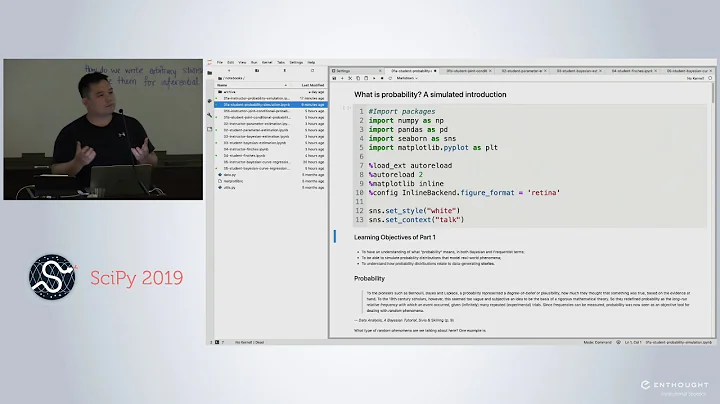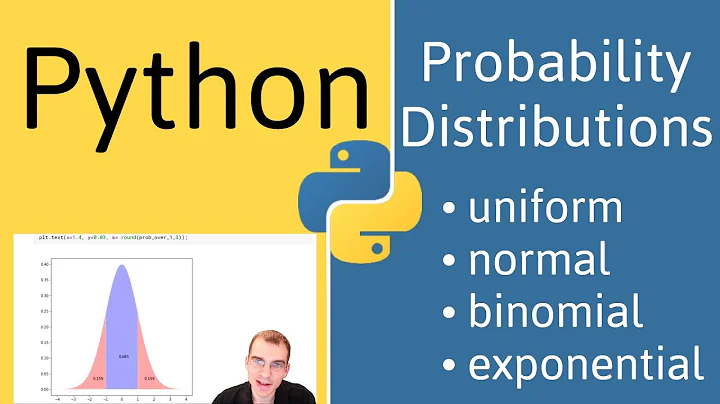Posterior Probability python example
11,472
thanks: this site
full code of my solution was:
import math
from scipy import stats
from scipy.special import factorial
from matplotlib import pyplot as plt
def likelihood(theta, n, x):
return (factorial(n) / (factorial(x) * factorial(n - x))) * (theta x) * ((1 - theta) (n - x))
def pprob(prior, posterior, n_occured, n_events):
return pd.Series(map(lambda theta: likelihood(theta, n_events, n_occured), prior))
def generative_model(n_events, p):
return np.random.binomial(n_events, p)
def ABC(n_occured, n_events, n_draws=1000):
prior = pd.Series(sorted(np.random.uniform(0, 1, size=n_draws)))
sim_data = [generative_model(n_events ,p) for p in prior]
posterior = prior[list(map(lambda x: x == n_occured, sim_data))]
posterior_probability = pprob(prior, posterior, n_occured, n_events)
# let's see what we got
f, ax = plt.subplots(1)
ax.plot(prior, posterior_probability)
ax.set_xlabel("Theta")
ax.set_ylabel("Likelihood")
ax.grid()
ax.set_title("Likelihood of Theta for New Campaign")
plt.show()
ABC(10, 16)
produces me this cute likelihood:
 ]
]
Related videos on Youtube
Author by
user10300706
Updated on June 04, 2022Comments
-
user10300706 almost 2 years
I've been building a simple Approximate Bayes Calculation application and ran into a problem. I don't know how to properly implement posterior probability.
My prior: non-informative (uniform distribution)
Generative model: random yes/no guessing implemented using numpy binomial distribution
Here is the code:
import numpy as np import pandas as pd def pprob(): pass def generative_model(n_events, p): return np.random.binomial(n_events, p) def ABC(n_occured, n_events, n_draws=100000): prior = pd.Series(np.random.uniform(0, 1, size=n_draws)) sim_data = [generative_model(n_events, p) for p in prior] posterior = prior[list(map(lambda x: x == n_occured, sim_data))] posterior_probability = pprob() ABC(10, 16)Thanks in advance!





